Any change in blood pressure parameters affects the overall well-being of a person. But if the deviations are significant, the health consequences can be serious. And although there is a table of blood pressure norms by age, in order in order to control the situation, it is also necessary to understand which pathologies led to a change in the tonometer.
Material Content:
The norm of blood pressure by age
Blood pressure indicators determine the force with which blood acts on the walls of blood vessels.
The intensity of blood flow depends on the work of the heart muscle. Therefore, the level of pressure is measured by two indicators that reflect the moment of contraction of the heart muscle — systolic pressure or upper and diastolic pressure or lower.
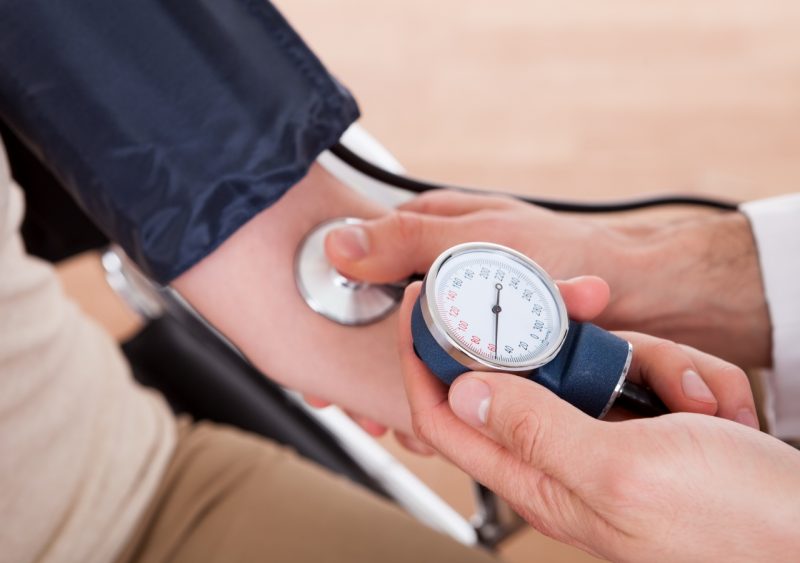
The diastolic value reflects the level of resistance exerted by the vessels in response to blood tremors with a maximum contraction of the heart muscle.
Systolic values indicate a minimum level of peripheral vascular resistance during relaxation of the heart muscle.
The difference between these indicators is called pulse pressure. The value of pulse pressure can be from 30 to 50 mm Hg. and vary, depending on the age and condition of the patient.
The level of pressure and pulse are the main parameters that determine human health. However, changes in pulse values do not necessarily reflect deviations in the pressure level.
Thus, the level of blood pressure is determined by the phase of the heart cycle, and the level of its parameters can be used to judge the state of the vital systems of the human body - circulatory, autonomic and endocrine.
Influence factors
A pressure of 120/80 mm Hg is generally considered normal. But, despite this, the following indicators are considered optimal for the full-fledged work of the body - systolic pressure from 91 to 130 mm Hg, diastolic from 61 to 89 mm Hg.
This range is due to the physiological characteristics of each person, as well as his age. The level of pressure is an individual concept, and may differ even in absolutely healthy people.
In addition, there are many factors that provoke changes in pressure, despite the absence of pathologies. The body of a healthy person is able to independently control the level of blood pressure and change it, as necessary.
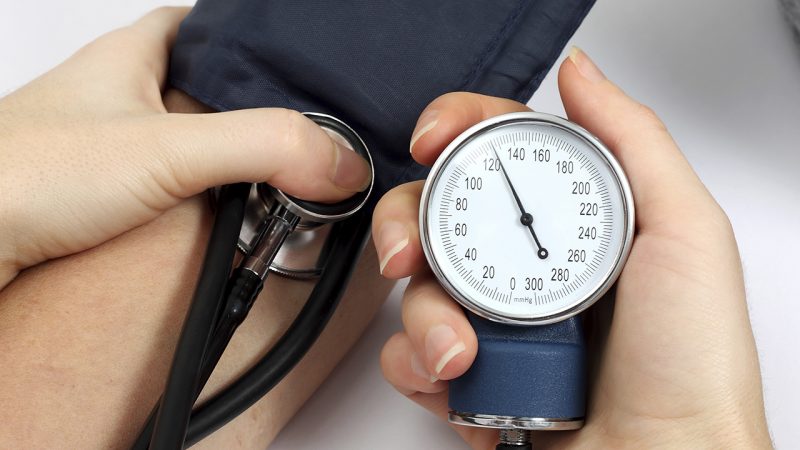
For example, any physical activity requires increased blood flow to power the muscles that provide movement. Therefore, during a person’s motor activity, his pressure can rise by 20 mm Hg. And this is regarded as the norm.
A change in blood pressure indicators is possible under the influence of such factors as:
- stress;
- the use of stimulating foods, including coffee and tea;
- time period of the day;
- the impact of physical and emotional stress;
- taking medication;
- age.
Age deviations of pressure parameters are a consequence of the physiological dependence of a person.
Over the course of life, changes occur in the body that affect the level of blood volume pumped by the heart through the vessels. Therefore, the indicators that determine normal blood pressure at different ages are different.
Standards for men
The norm of pressure in men is characterized by the highest rates, compared with the standards of women and children. This is due to the physiology of the stronger sex - a powerful skeleton and muscles need large amounts of food provided by the bloodstream. Accordingly, the degree of resistance of the walls of the vessels increases.
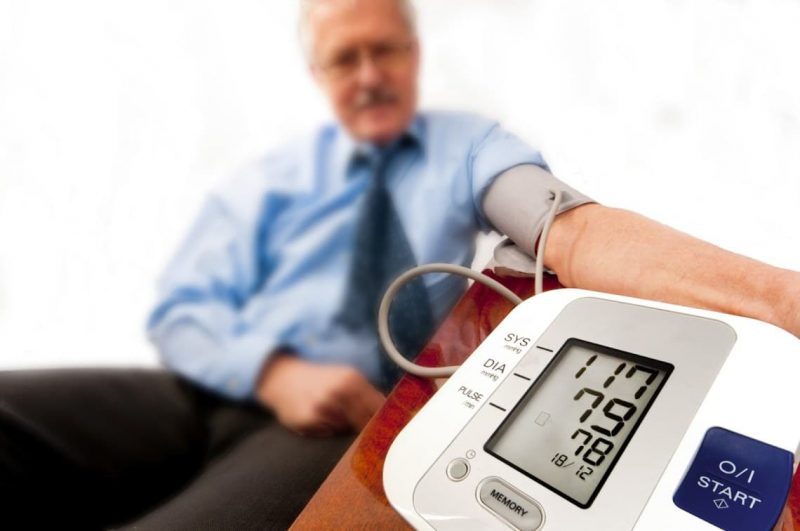
The increase in pressure in men for natural reasons is possible, due to age-related changes. Throughout life, pressure standards change, as does the state of the cardiovascular system. However, exceeding certain values is regarded as a serious threat to health at any age.
Norm in women
Women's health is often associated with natural fluctuations in hormonal levels, which cannot but affect pressure indicators. Therefore, standards for women provide for possible changes in the body that are inherent at a certain age.
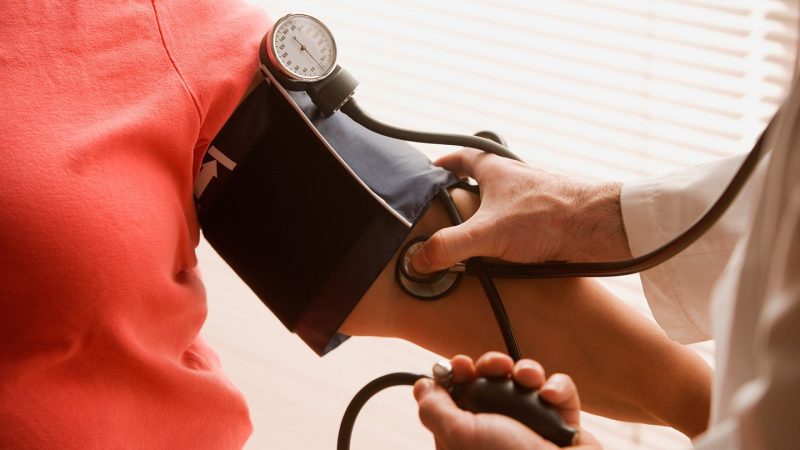
During the reproductive period, the hormone estrogen is produced in the body of women, which controls the level of fatty substances in the blood. Estrogens prevent the accumulation of cholesterol and the formation of plaques that narrow the lumen of the vessels, which preserves the natural intensity of blood flow.
As the reproductive function fades, the amount of estrogen in the blood decreases, and the risk of developing cardiovascular pathologies in which pressure is disturbed increases.
The table of normal blood pressure in humans
As a guideline for determining the norm of blood pressure, doctors use a table of normal blood pressure in adults.
| Age | at 20 years old | at 30 years old | at 40 | at 50 | at 60 | after 70 years |
| Men, norm, mmHg | 123/76 | 126/79 | 129/81 | 135/83 | 142/85 | 142/80 |
| Women, norm, mmHg | 116/72 | 120/75 | 127/80 | 137/84 | 144/85 | 159/85 |
Any deviations from the norm in adults are considered pathological.
In order to detect health deterioration in time, doctors instruct patients to keep a diary, recording the results of daily measurements in it.
Normal blood pressure in children
The constant development of the child's body is the main reason for the increase in pressure, as the child grows older.
| Childhood | Up to a year | One year | 3 years | 5 years | 6-9 years old | 12 years | 15 years | 17 years |
| Girls, norm, mmHg | 69/40 | 90/50 | 100/60 | 100/60 | 100/60 | 110/70 | 110/70 | 110/70 |
| The boys norm, mmHg | 96/50 | 112/74 | 112/74 | 116/76 | 122/78 | 126/82 | 136/86 | 130/90 |
The indicators of pressure in children change accordingly to an increase in vascular tone and their development. If these values are lower than stipulated by the established norm, this may be a sign of slow development of the cardiovascular system.

In the absence of pathologies, it is not necessary to treat high or low blood pressure in children - with age, these indicators normalize naturally.
High blood pressure
Increased pressure is considered at which the indicators exceed the norm by more than 15 mm Hg.
Single deviations of pressure indicators from the norm can be observed even in completely healthy people. The reason for anxiety should be considered the preservation of increased rates for a long time.
Causes and symptoms
In most cases, the long-term persistence of such deviations indicates the development of pathologies:
- endocrine system;
- heart and blood vessels;
- osteochondrosis;
- vegetative-vascular dystonia.
In addition, an increase in tonometer indicators is possible in overweight people, survivors of nervous shock and stress, alcohol abusers, smokers who prefer fatty, fried, spicy and salty foods. In some cases, a genetic predisposition to hypertension is observed.

A sharp decrease in well-being indicates an increase in pressure:
- headaches and dizziness;
- dyspnea;
- fatigue;
- nausea;
- heart palpitations;
- excessive sweating;
- darkening in the eyes, blurred vision;
- redness of the face.
Sudden hypertensive jumps require immediate medical attention. Otherwise, increased pressure over a long period of time can cause brain dysfunctions, spot retinal hemorrhages, as well as a heart attack or stroke.
How to lower?
First aid for high blood pressure provides for comfortable and calm conditions for a sick person, as well as the use of high-speed vasodilator drugs prescribed by a doctor.
To normalize the pressure and prevent subsequent attacks, it is recommended to adjust the lifestyle in such a way as to eliminate the factors that provoke the development of hypertension.
The optimal preventive measures are: the regimen of the day and the correct alternation of stress and rest, balanced nutrition, lack of bad habits, moderate physical activity, lack of stress, and a positive attitude to life.
Low blood pressure
Pressure indicators that are below the norm by more than 15 mmHg are considered reduced. Such deviations indicate a decrease in the quality of health and the overall physiological potential of the body.
What diseases can they talk about?
Hypotension occurs with bleeding, heart failure, dehydration, cervical osteochondrosis, cystitis, tuberculosis, anemia, rheumatism, hypoglycemia, gastric ulcer, pancreatitis.
In some cases, a decrease in the tonometer is possible with overwork, a lack of vitamins and a sharp change in climate.

The main symptoms of hypotension are:
- weakness and lethargy;
- sore muscles and skin;
- weather dependence;
- distraction, decreased concentration of attention and memory;
- headaches in the neck;
- numbness of the limbs.
A drop in tonometer indicators in combination with any of the listed signs is a good reason to consult a doctor. In medical practice, there are frequent cases when hypotension is the only symptom of such dangerous pathological conditions as bleeding in the digestive tract, anaphylactic shock, acute myocardial infarction, as well as adrenal dysfunction.
How to increase pressure?
The use of strong tea with a lot of sugar, a small portion of dark chocolate, a contrast shower, a walk in the fresh air, a visit to the pool, a masseur, and exercise will help to improve well-being and eliminate an attack of hypotension.
Full sleep and rest, maintaining moderation during physical exertion, proper drinking regimen and regular nutrition are extremely important.
Individual blood pressure
Due to the natural physiological characteristics of the body, the value characterizing pressure is individual for each person.
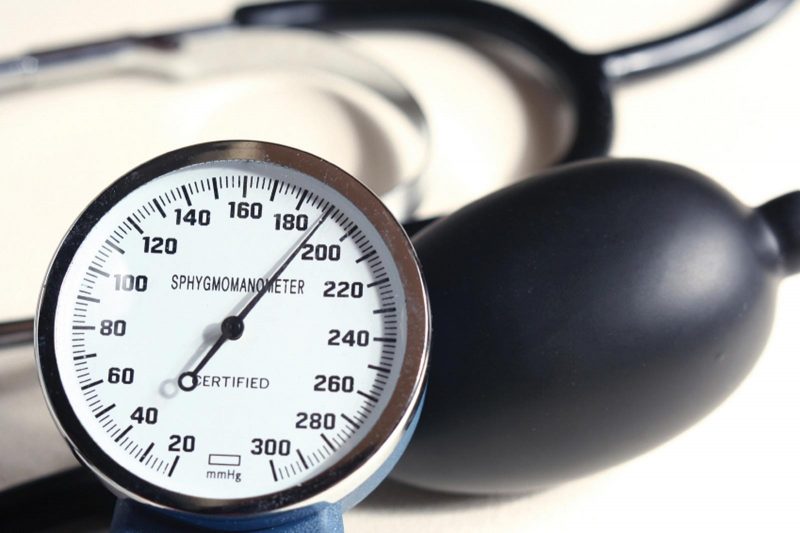
The main factors determining individual parameters are:
- heart rate;
- high-quality blood composition. Blood density can change under the influence of various autoimmune diseases or diabetes;
- degree of elasticity of blood vessels;
- the presence of cholesterol accumulations on the walls of blood vessels;
- abnormal expansion or narrowing of blood vessels under the influence of hormonal stimuli or emotional stress;
- pathology of the thyroid gland.
Even with all of these factors, the level of pressure in different people will be different.
How to measure pressure?
To measure blood pressure, special devices are used - tonometers of manual, semi-automatic or automatic type, analog or digital. The methodology of the procedure deserves special attention, since the accuracy of the results depends on its observance.
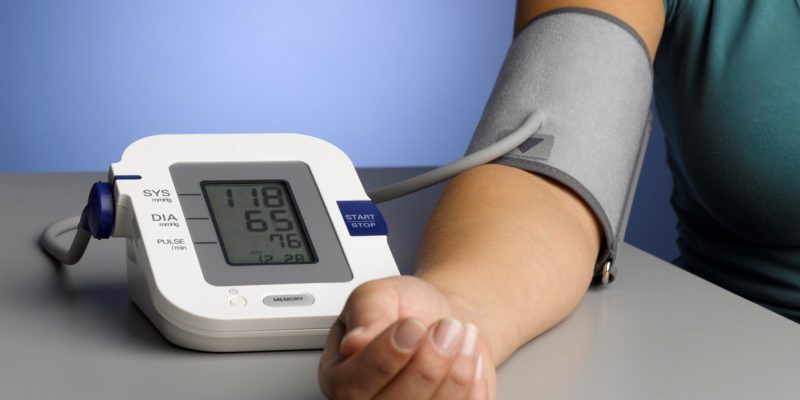
Before starting the measurement, it is necessary to give the patient the opportunity to calm down. Before the procedure, you should not smoke, perform physical exercises or subject the body to stress, including emotional state.
Incorrect measurement results can also be a consequence of an abundant meal before the procedure, an uncomfortable position of the patient or conversations at the time of reading indicators.
During the procedure, the patient should sit in such a way as to feel comfortable sitting on a chair with support under his back. The cuffs of the measuring device are fixed on that part of the forearm that is at the level of the heart.
To obtain the most accurate results, it is recommended to take measurements on each hand. Repeated pressure measurement on one arm should be performed after a few minutes so that the vessels can take on their natural shape and position.
Given that the muscles of the right hand in most patients are more developed than on the left, the tonometer values for measuring pressure on different hands can differ by 10 units.
Patients with diagnosed heart and vascular pathologies are recommended to take measurements twice a day - in the morning and in the evening.
Regardless of the type of pressure deviation, it is only the maintenance of the principles of a healthy life that can normalize indicators - playing sports, good sleep, balanced nutrition, lack of bad habits, avoiding stress, positive thoughts and, whenever possible, a maximum of positive emotions.
- Vladimir Dmitrievich












